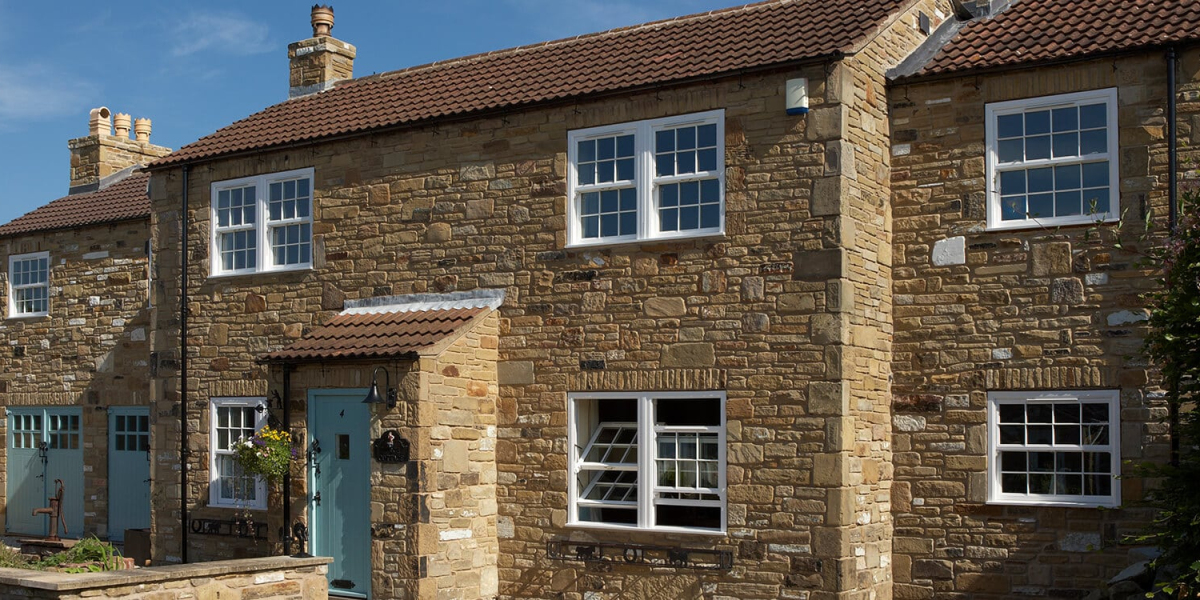Window installation is a crucial aspect of home improvement that can significantly enhance the energy efficiency, aesthetics, and overall value of your property. Whether you're replacing old windows or installing new ones, understanding the process can help you make informed decisions. This guide will walk you through the various types of windows, the installation process, and tips for ensuring a successful project.
Types of Windows
When considering window installation, it’s essential to understand the different types of windows available. Each type has its unique features, benefits, and ideal applications. Here are some common types:

- Double-Hung Windows: These windows feature two sashes that slide up and down. They are easy to clean and provide excellent ventilation.
- Casement Windows: Hinged on one side, casement windows open outward, allowing for maximum airflow. They are often more energy-efficient due to their tight seal when closed.
- Sliding Windows: These windows slide horizontally and are ideal for wide openings. They provide unobstructed views and are easy to operate.
- Bay and Bow Windows: These are multi-faceted windows that extend beyond the exterior wall, creating a nook inside. They add character and can increase natural light.
- Picture Windows: Fixed windows that do not open, picture windows are designed to provide an unobstructed view of the outdoors. They are often used in combination with other window types.
Preparing for Window Installation
Before diving into the installation process, proper preparation is key. Here are some steps to take:
- Measure Accurately: Accurate measurements are crucial for ensuring that your new windows fit correctly. Measure the width and height of the window opening, and consider the depth as well.
- Choose the Right Windows: Select windows that suit your home’s architectural style and your personal preferences. Consider energy efficiency ratings, materials, and features.
- Gather Necessary Tools: Ensure you have all the tools required for installation, including a level, tape measure, caulk gun, utility knife, and screwdriver.
- Check Local Building Codes: Familiarize yourself with local building codes and regulations regarding window installation. This may include permits or specific requirements for energy efficiency.
The Installation Process
Window installation can be a DIY project for those with some handy skills, but it can also be a job for professionals. Here’s a general overview of the installation process:
- Remove Old Windows: Start by carefully removing the old windows. This may involve prying off trim, cutting caulk, and removing screws or nails. Take care not to damage the surrounding wall.
- Prepare the Opening: Once the old window is removed, clean the opening and ensure it is structurally sound. Check for any signs of rot or damage and make necessary repairs.
- Install the New Window: Place the new window into the opening, ensuring it is level and plumb. Use shims to adjust as needed. Secure the window according to the manufacturer’s instructions, typically using screws or nails.
- Insulate and Seal: Proper insulation is crucial for energy efficiency. Fill any gaps around the window with insulation foam or fiberglass. After that, apply caulk around the exterior edges to seal out moisture and air.
- Reinstall Trim and Finish: Once the window is securely in place, reinstall any interior and exterior trim. Finish with paint or stain as desired to match your home’s decor.
Post-Installation Considerations
After the installation is complete, there are a few additional steps to ensure everything is functioning properly:
- Check for Drafts: Inspect the window for any drafts or leaks. If you notice any, additional caulking or weatherstripping may be necessary.
- Test Operation: Open and close the windows to ensure they operate smoothly. Make any adjustments if necessary.
- Clean the Windows: Finally, clean the glass and frames to remove any dust or debris from the installation process.
Hiring a Professional vs. DIY
Deciding whether to hire a professional or tackle the installation yourself depends on several factors, -safer-home:-why-st-albans-homeowners-choose-double-glazed-windows-68666824988308494ccbc7ec including your skill level, the complexity of the installation, and the number of windows being replaced.
- Professional Installation: Hiring a professional can save time and ensure that the installation is done correctly. Professionals are experienced and can handle any unexpected issues that may arise during the process.
- DIY Installation: If you have experience with home improvement projects and feel confident in your skills, DIY installation can be a rewarding option. It can also save you money on labor costs.
Tips for a Successful Window Installation
To ensure a successful window installation, consider the following tips:
- Plan Ahead: Take your time to plan the project thoroughly. Rushing can lead to mistakes and poor results.
- Don’t Skimp on Quality: Invest in high-quality windows and materials. They may cost more upfront but will save you money in the long run through energy savings and durability.
- Follow Manufacturer Instructions: Always adhere to the manufacturer’s installation guidelines. Each window type may have specific requirements for installation.
- Consider Energy Efficiency: Look for windows with a high energy efficiency rating. Energy-efficient windows can reduce your heating and cooling costs significantly.
- Seek Help When Needed: If you encounter challenges during the installation, don’t hesitate to seek help from professionals or experienced friends.
Conclusion
Window installation is a significant home improvement project that can enhance your home’s beauty and energy efficiency. By understanding the types of windows available, preparing adequately, and following the proper installation process, you can achieve a successful outcome. Whether you choose to tackle the project yourself or hire a professional, investing in new windows is a decision that will benefit your home for years to come.







